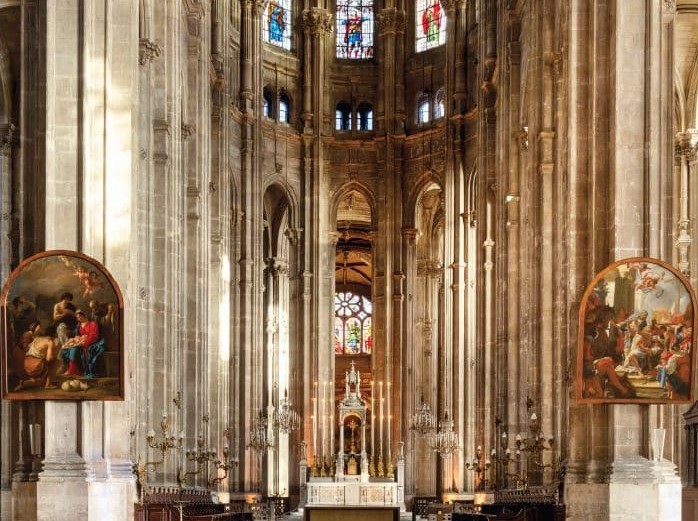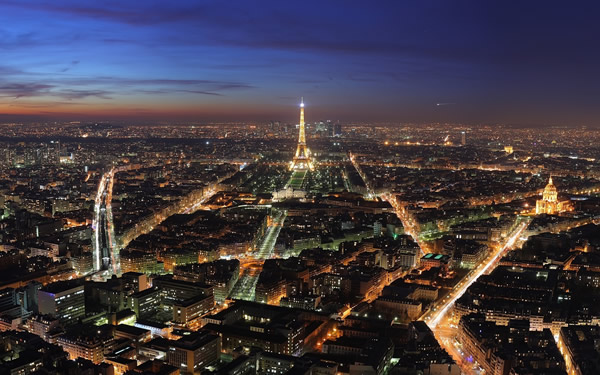A chapel dedicated to St. Agnes had been financed in the 13th Century by Jean Allais. As the lender of the king Philllipe Auguste, this merchant had earned the right to take a cut out of every basket of fish sold in Les Halles as a way of giving thanks to the Providence. The chapel then became a parochial church and it fell under the protection of St. Eustache. However, as a result of the expansion of the market of Les Halles, the sanctuary could no longer respond to the wealth of its followers, and it is for this reason that merchants subsidised the developments of the 15th Century.
Always unfinished, the building of the 18th Century inherited a classical main frontage that settled in with the gothic style of its surroundings. It degraded considerably during the revolution, and St. Eustache was renovated in the 19th Century by Victor Baltard, the architect of the pavilions at Les Halles. Today, it is one of the most beautiful churches in Paris. It was renovated once again in 1989, and its grand organ with 8000 tubes provides a heavenly musical sound.
Image source : https://www.saint-eustache.org/





